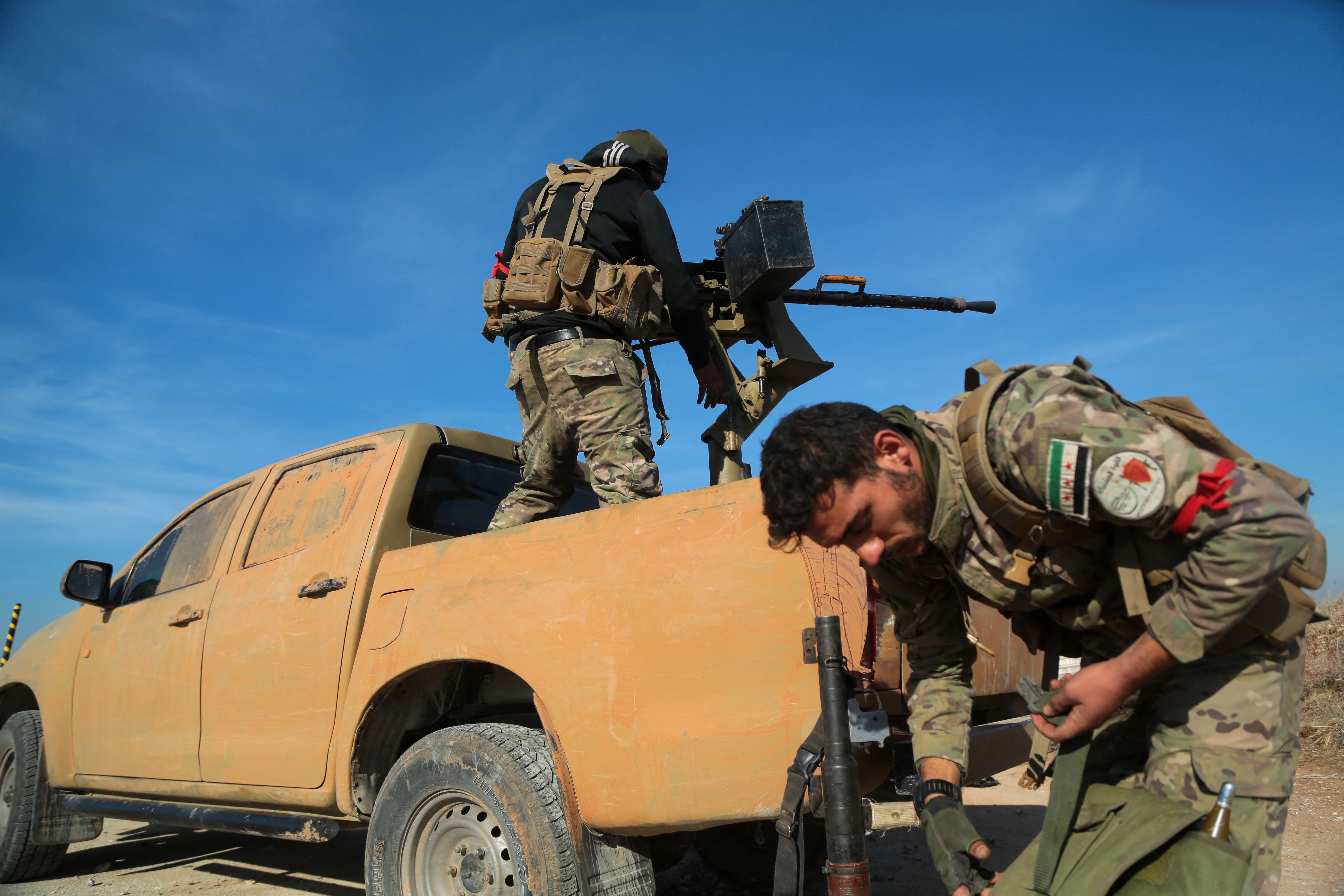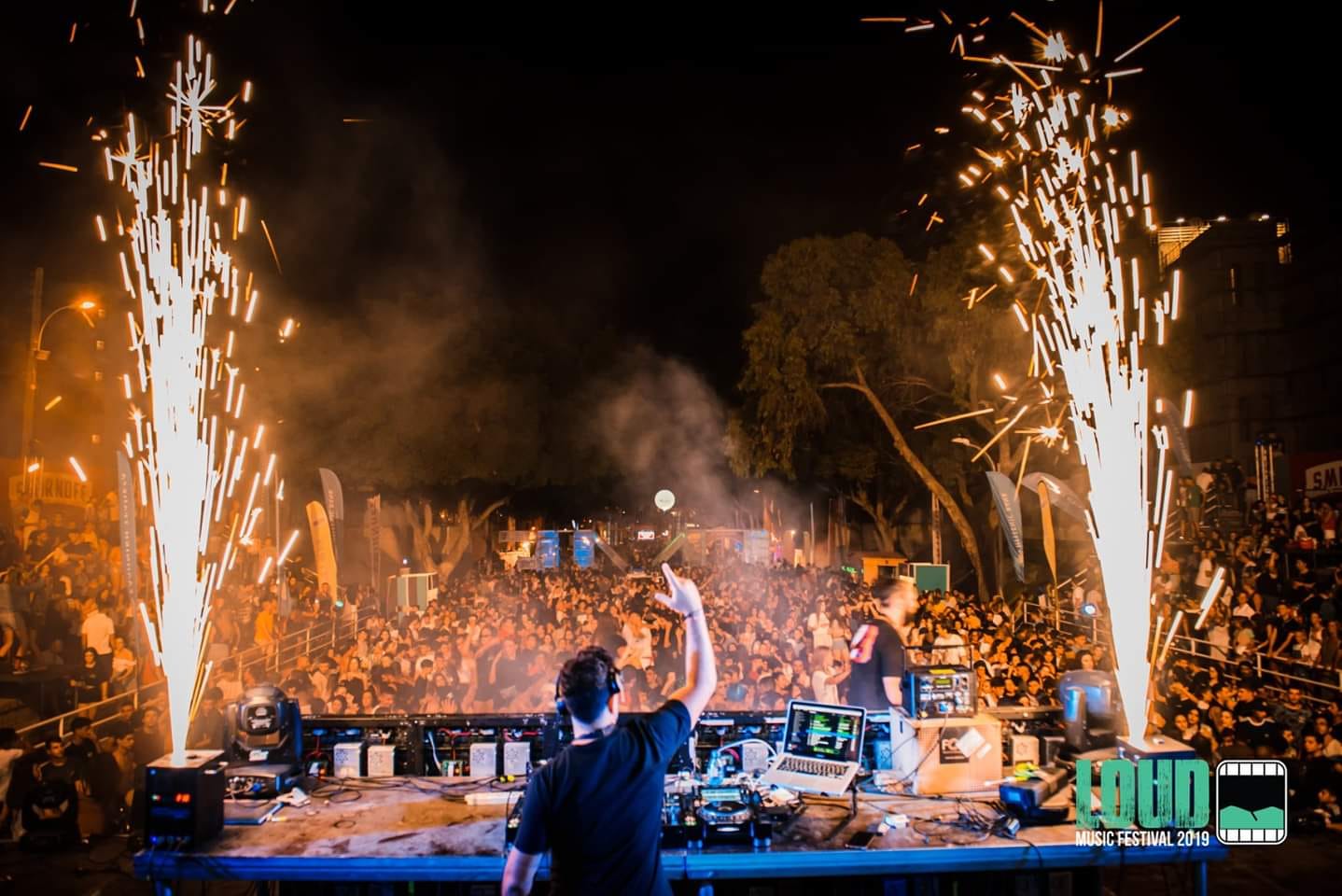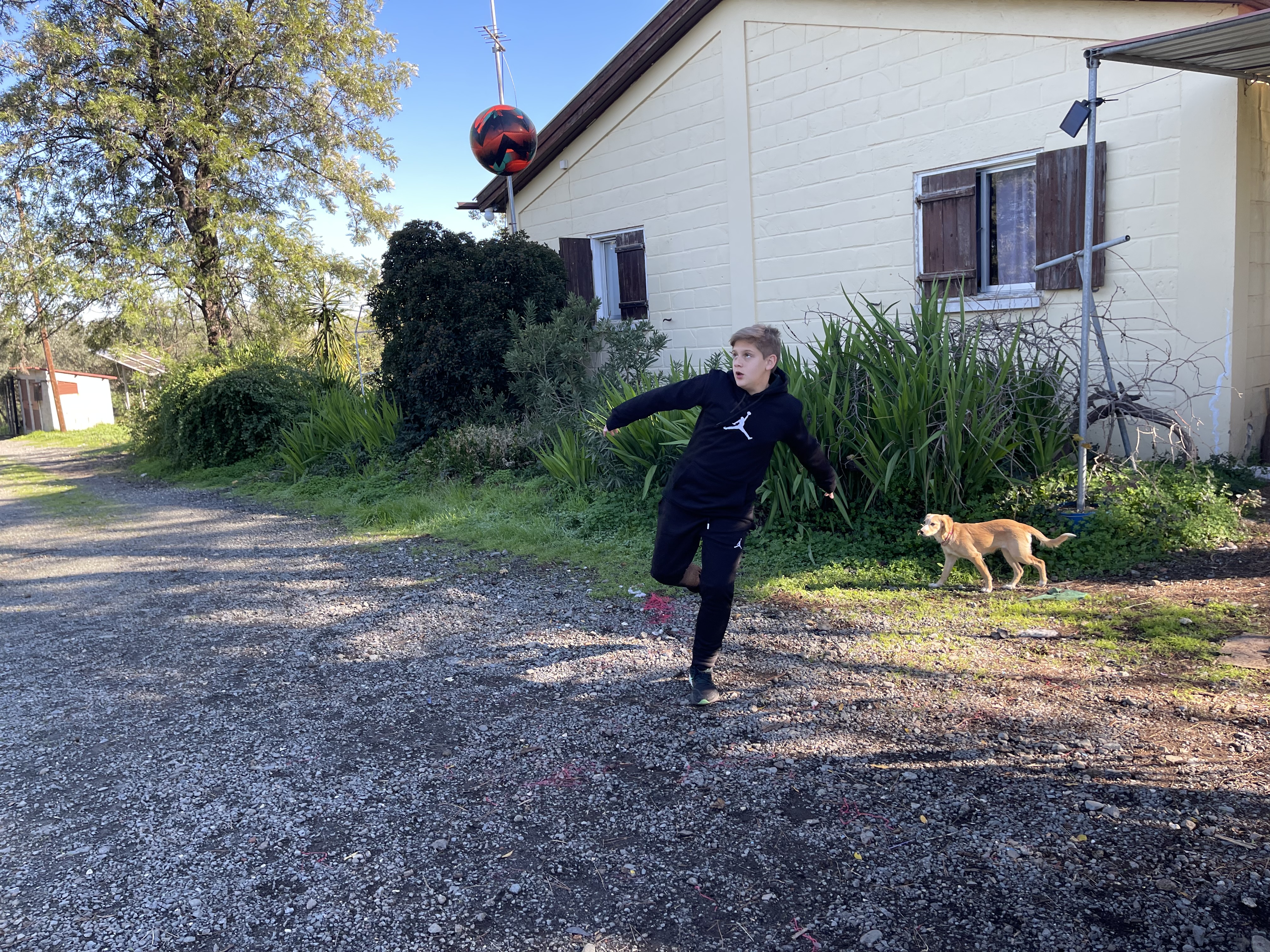BEIRUT/AMMAN, Dec 3 (Reuters) – Fighters from a U.S.-backed, Kurdish-led coalition battled Syrian government forces in northeast Syria early on Tuesday, both sides said, opening a new front for President Bashar al-Assad who lost Aleppo in a sudden rebel advance last week.
Airstrikes also targeted Iran-backed militia groups supporting Syrian government forces in the strategically vital region, a security source in eastern Syria and a Syrian army source said.
The sources both blamed the airstrikes on the U.S.-led military coalition which operates against Islamic State in Syria and has a small detachment of American troops on the ground. Reuters could not independently confirm the foreign force was involved in strikes and the coalition did not immediately respond to a message seeking comment.
The fighting around a cluster of villages across the Euphrates river from regional capital Deir al-Zor complicates the military picture for Assad, whose forces were focused overnight on staunching a renewed rebel assault near Hama.
Last week’s rebel assault that captured Aleppo – Syria’s largest city before the war – is the biggest offensive for years in a conflict whose frontlines had been frozen since 2020.
The heaviest fighting on Monday and overnight was along the frontline just north of Hama, another major Syrian city, where several villages have changed hands repeatedly over recent days.
An operations room for the rebel offensive and the Syrian Observatory for Human Rights, a war monitoring group, said on Tuesday rebels had again captured those villages. Two opposition sources said the rebels were making gains in the Hama countryside.
Russian warplanes have intensified airstrikes against rebels alongside government jets over recent days, both sides have said. Syrian state media reported Syrian and Russian strikes in the northern Hama countryside. Rescue workers reported strikes targeting hospitals in Aleppo and Idlib causing civilian deaths.
Any sustained escalation in Syria risks further destabilising a region already alight from wars in Gaza and Lebanon, where a truce between Israel and the Hezbollah militant group took effect last week.
The Syrian civil war that began in 2011 killed hundreds of thousands of people, drew in major powers and sent millions of refugees across international borders. Assad has had the upper since receiving backing from Russia and Iran a decade ago, but that support has been challenged by devastating losses Israel inflicted on Iran’s Hezbollah allies over the past two months.
JOCKEYING FOR TERRITORY
The retreat by Assad’s forces over the past several days has led to jockeying for control among other groups that control pockets in the northwest, north and east.
The Syrian Democratic Forces, an umbrella group which controls territory in Syria’s east with U.S. support, said early on Tuesday that its Deir al-Zor Military Council had “become responsible for protecting” seven villages previously held by the Syrian army.
The Deir al-Zor Military Council comprises local Arab fighters under the SDF, an alliance mainly led by a Kurdish militia, the YPG.
Syrian state media reported that the army and allied forces were repelling an SDF assault on the villages, the only Syrian government presence along the east bank of the Euphrates river, an area otherwise mostly held by the SDF.
A Syrian military officer said the SDF push was aimed at exploiting government forces’ weakness after the rebel advance, and said the army and allied Iran-backed militia groups were sending reinforcements.
CROWDED BATTLEFIELD
A return of fighting to northeast Syria, where the United States, Russia, Iran and Turkey are all involved, underscores the messy global politics at play in the conflict and the dangers of escalation in a potentially crowded battlefield.
Iran said late on Monday there would be a foreign ministers meeting with Turkey and Russia in Doha next weekend as part of a diplomatic process used to stabilise borders earlier in the conflict.
The SDF was the main Western-backed ground force in eastern Syria fighting Islamic State, which ran a jihadist mini-state there from 2014-2017. Turkey says the SDF’s main fighting force, the YPG, are Kurdish separatists it regards as terrorists, and sent troops across the frontier in 2017 to push them back.
Rebel advances in recent days have dislodged the YPG from areas it still held in and near Aleppo, including Aleppo’s Sheikh Maqsoud district and a corridor around Tel Refaat to the north.
The SDF presence in northeast Syria along much of the border with Iraq also complicates supply lines for Iran-backed regional militia groups supporting Assad. On Monday Reuters reported that hundreds of Iran-backed Iraqi fighters had crossed the border into Syria to help government forces.
Israel has also regularly struck Iran-backed forces in Syria. Syrian state media reported that an Israeli drone had targeted a vehicle near Damascus. Israel’s military said it does not comment on reports in foreign media.







Click here to change your cookie preferences